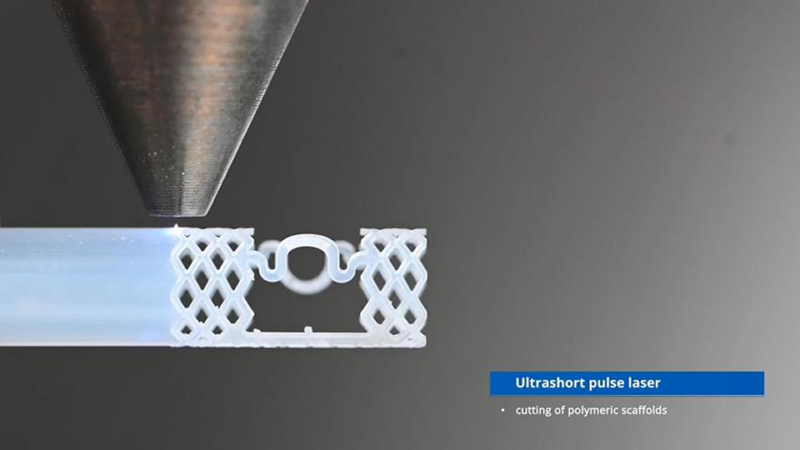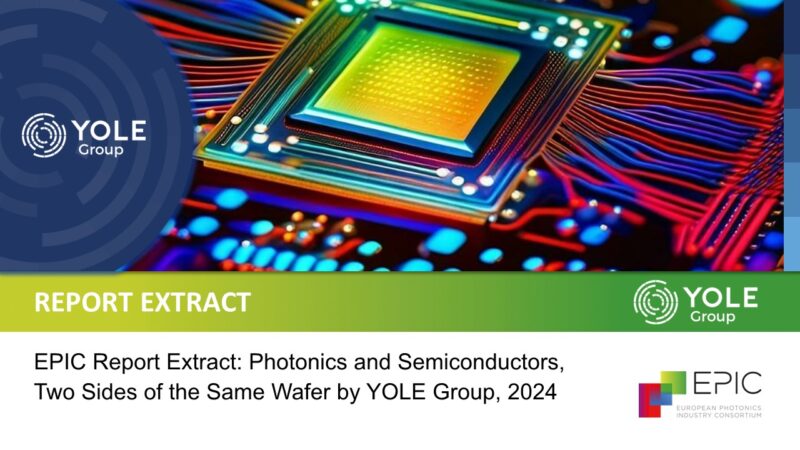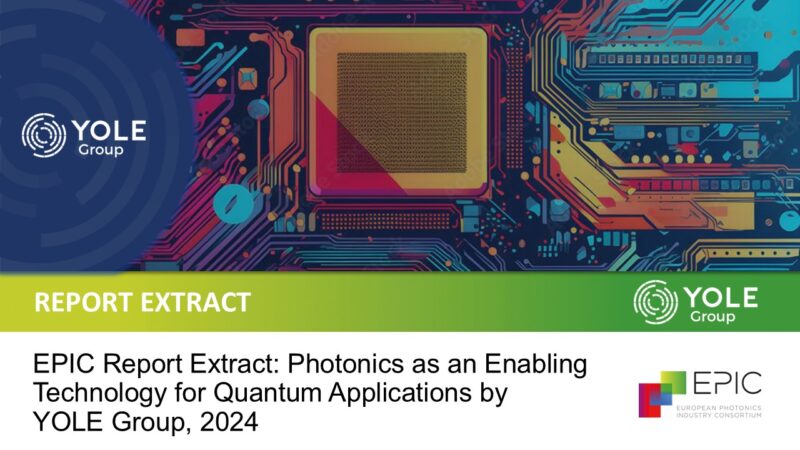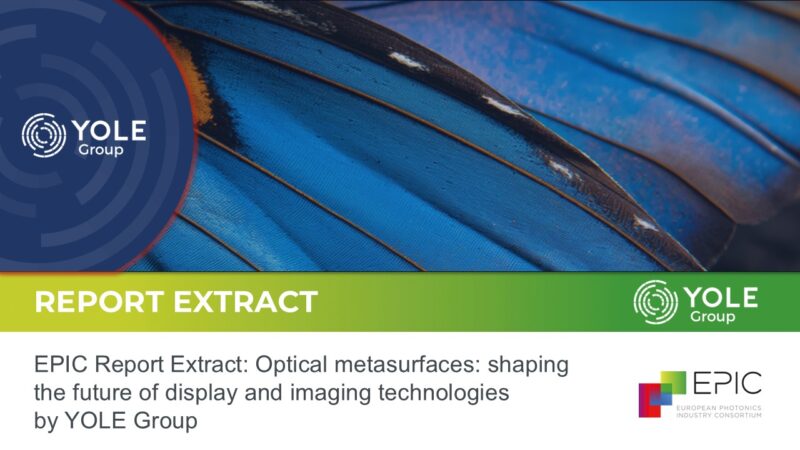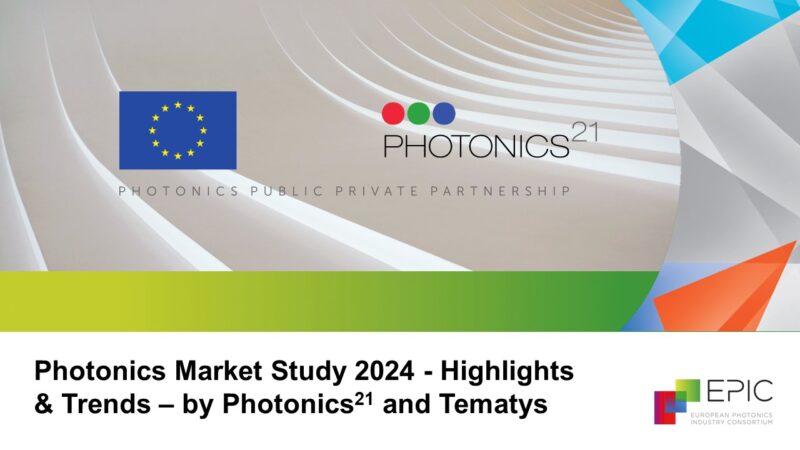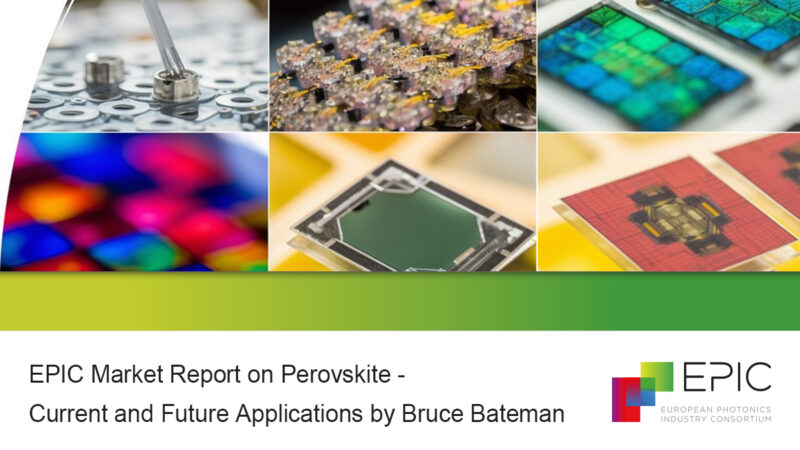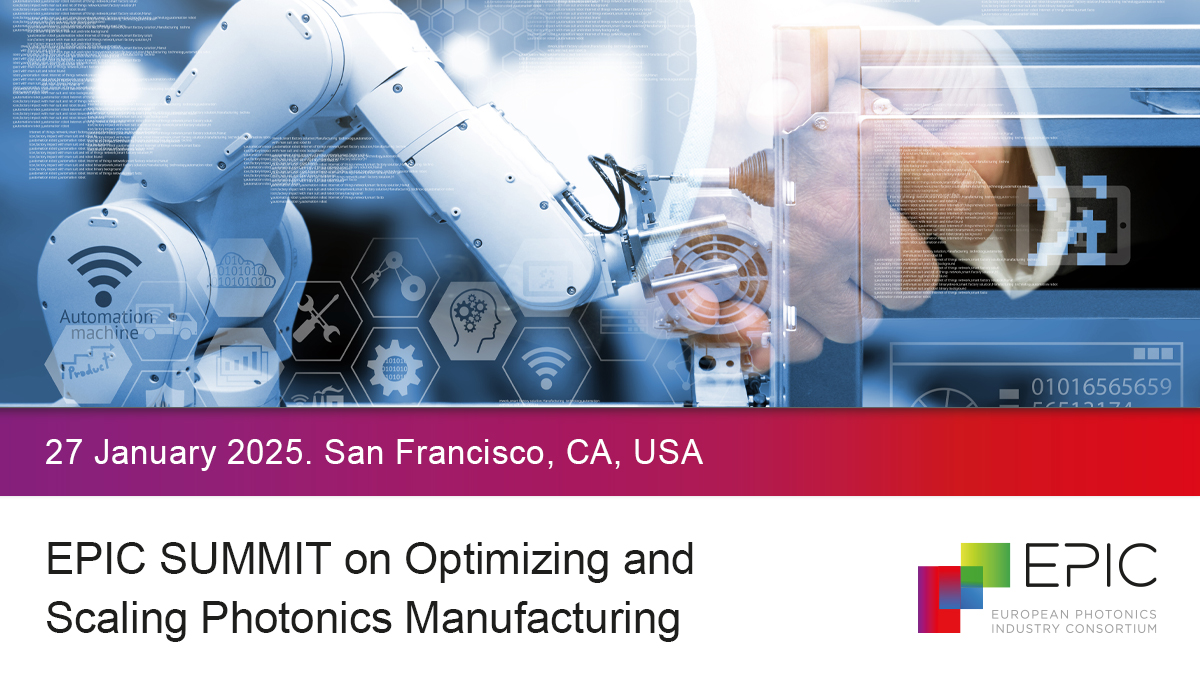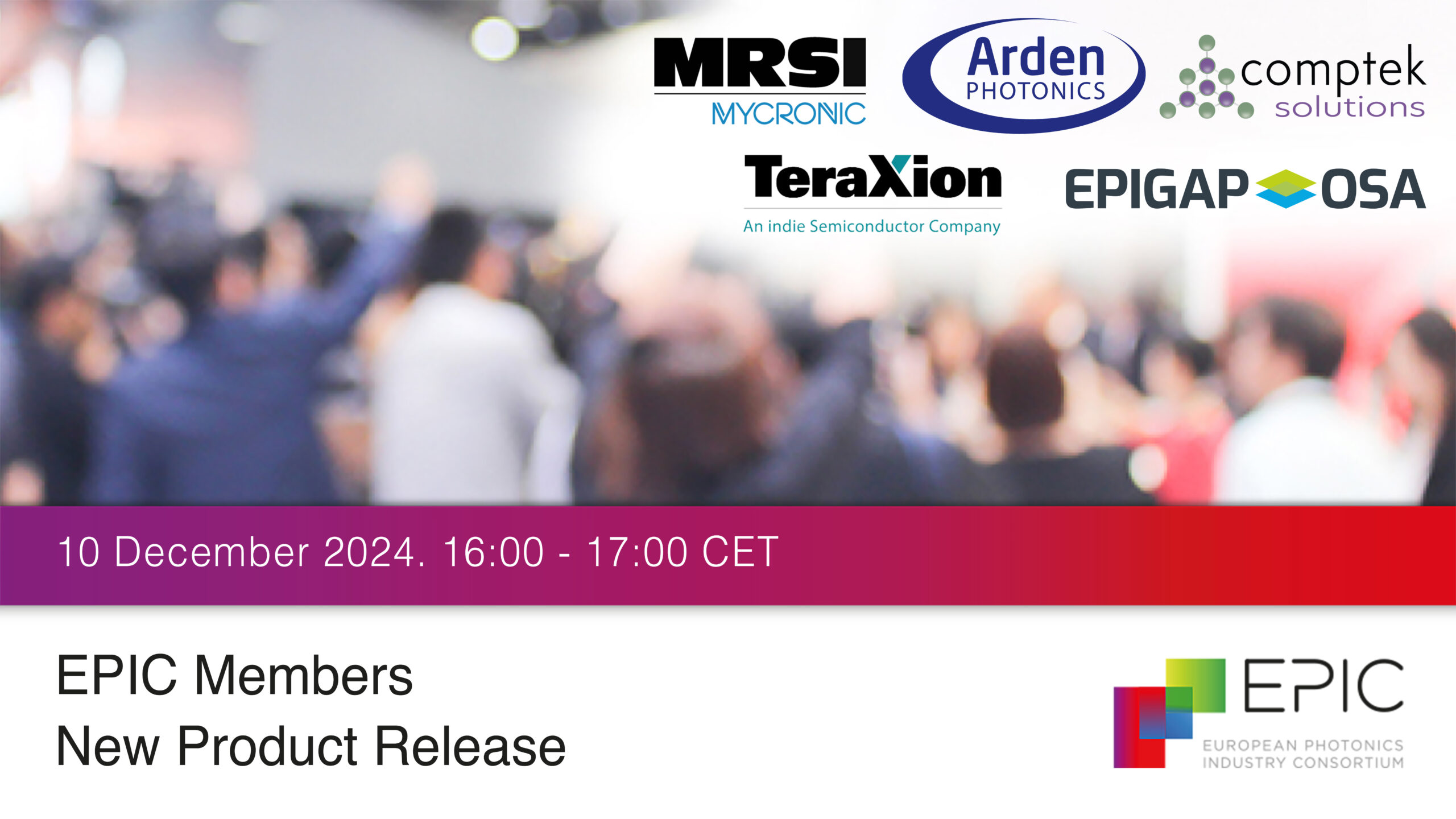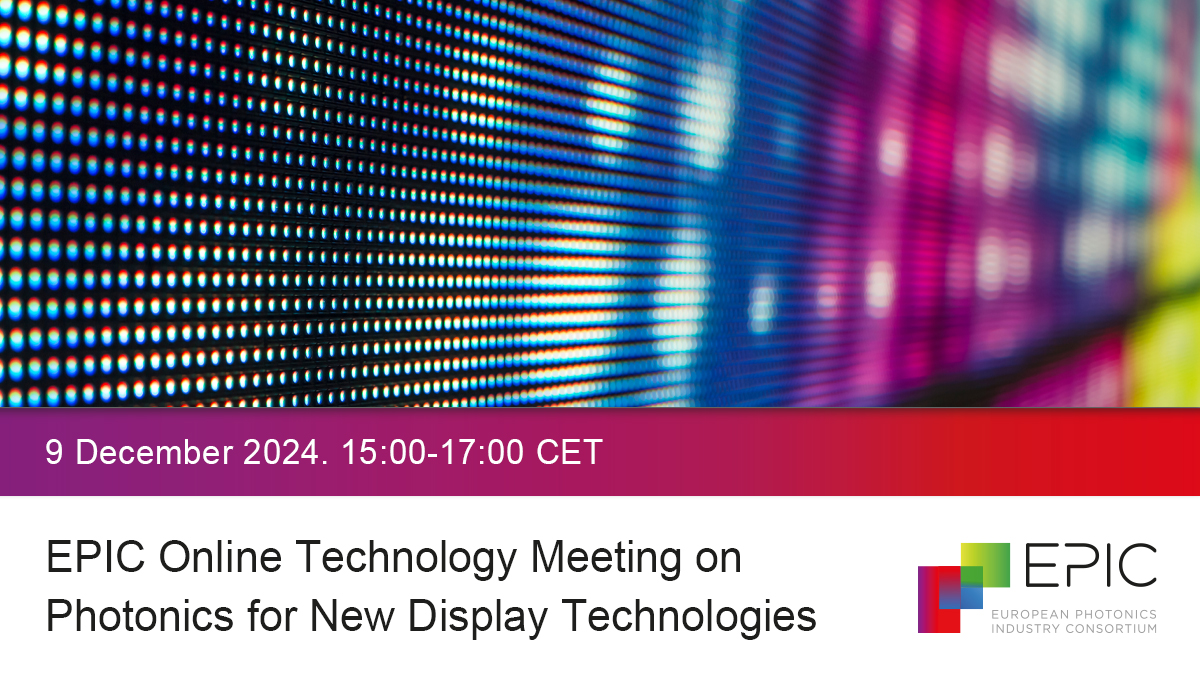Photonic technologies for medical implants
Medical implants have recently benefited from established photonics manufacturing processes, such as laser cutting and marking, as well as emerging ones like additive manufacturing and surface structuring. The orthopedic sector has long used these technologies to enhance manufacturing efficiency, traceability, and quality control. Their application has expanded to many new implants. In this article, Antonio Castelo highlights companies like CEIT Research Center, Coherent, Fluence Technology, Lumos Laser, SCHOTT Primoceler and TRUMPF which offer innovative photonics technologies for the manufacturing and post-processing of medical implants.
Medical implants have benefited in the last years from established photonics manufacturing processes such as laser cutting and marking, but also from emerging ones such as additive manufacturing and surface structuring. The orthopedic sector has been using them for many years to improve the efficiency of the manufacturing processes and as a way to provide traceability and quality control for each part. Their use has been extended to a large number of new implants. We will review in this article some novel photonics technologies applied to the manufacturing and post-processing of medical implants.
Medical implants and other implantable devices must function properly in the human body and not cause any harm to the patient. Manual processes were initially used to ensure the quality of the products and to comply with the extremely high requirements of manufacturing a medical component, but photonics processes soon established themselves as a great alternative to meet the demands of mass production of some of these components. Both passive (such as stents, heart valve frames, bone nails …) and active implants (such as pacemakers, defibrillators or neural sensors) have benefited from the advantages offered by laser technology. Apart from the well-known characteristics of speed, efficiency and accuracy, there are some other specific advantages in the case of medical implants. The first one is the ability to perform precise and automated 3D tasks. This is very interesting, for example, for the development of complex structures like stents, but also for welding some of the electronic components in the active implants. In the last case, tight tolerances must be maintained and lasers can offer significant advantages in the production of lossless electrical connections and stable weld seams, which will ensure the proper operation of the active implant. Another interesting property is the bio-compatibility offered by laser processes, as they are an ideal tool to process bio-compatible materials and to ensure the proper integration of the implant with the living tissues or organs.
Continue reading the full article in the June 2024 issue of Photonics Views.

